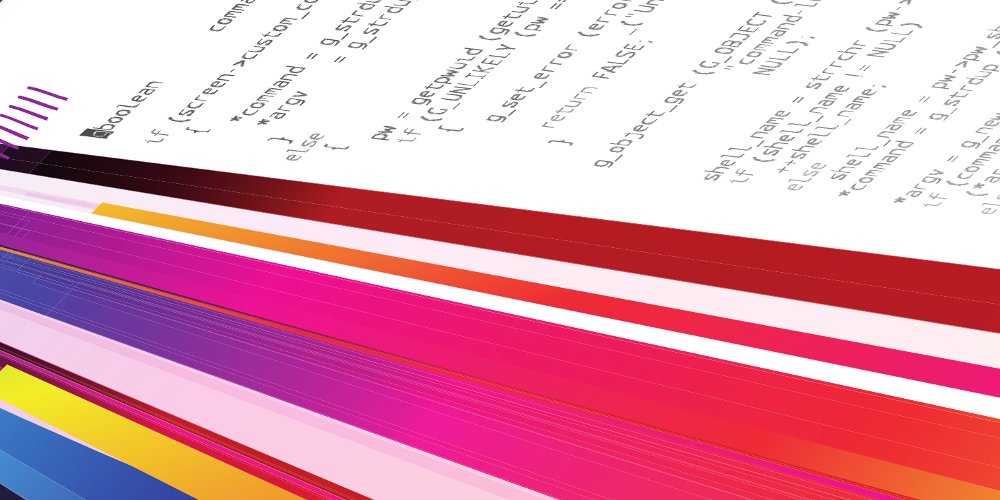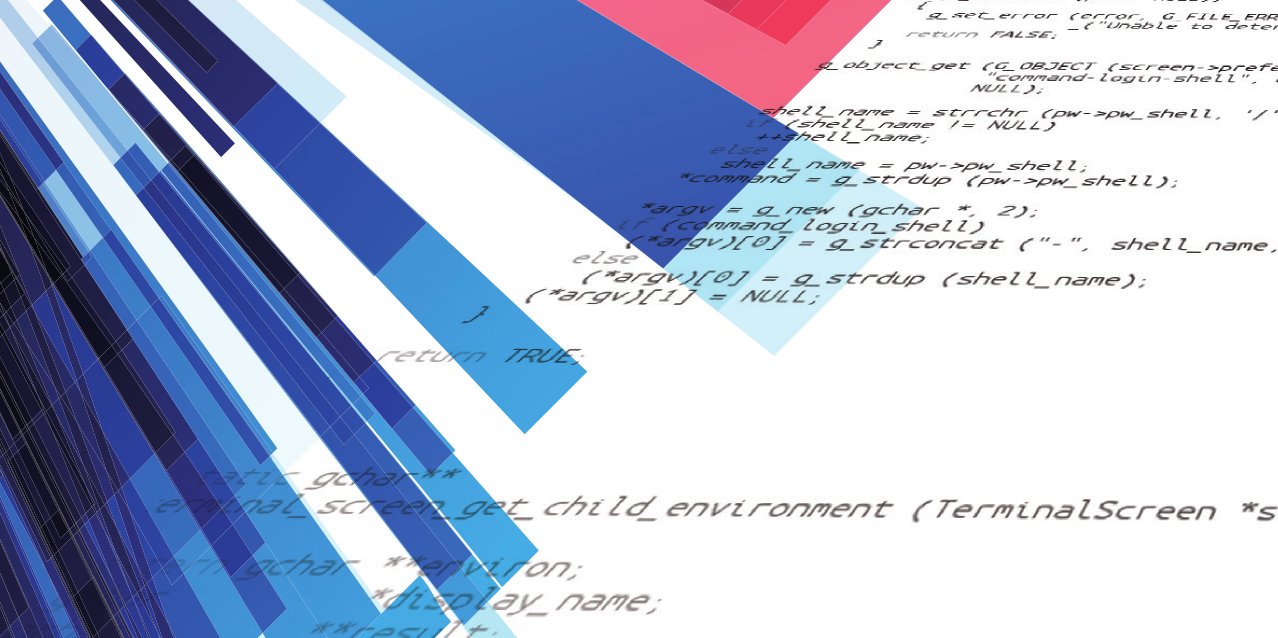
Definition des FPGAs
Ganz ohne die Verwendung einer Hardwarebeschreibungssprache kann die Struktur eines FPGAs mit Hilfe vorgefertigter Module (easyCores) definiert werden. Dazu dient in Java die Implementierung der build() Methode einer annotierten Klasse, die von FPGA erbt:
/*
* Use an annotated class that extends FPGA to create your easyCores and
* connect them to the board's pin headers
*/
@EasyFPGA
public class MyEasyFPGA extends FPGA {
private PWM16 pwm;
private GPIO8 gpio;
private I2CMaster i2cMaster;
/*
* Override the build() method to define your FPGA
*/
@Override
public void build() throws Exception {
// Construct the easyCores
pwm = new PWM16();
gpio = new GPIO8();
i2cMaster = new I2CMaster();
// Connect PWM output to Bank0.0
connect(pwm.getPin(PWM.PIN.OUT), getPin(0,0));
// Connect all pins of GPIO8 from Bank1.0 to Bank1.7 using a Bus
connect(gpio.getBus(), getBus(getPin(1,0), 8));
// Connect I2CMaster to Bank2.22 and Bank2.23
connect(i2cMaster.getPin(I2CMaster.PIN.SDA), getPin(2,22));
connect(i2cMaster.getPin(I2CMaster.PIN.SCL), getPin(2,23));
}
/*
* easyCore getter methods:
*/
public PWM16 getPWM() {
return pwm;
}
public GPIO8 getGPIO() {
return gpio;
}
public I2CMaster getI2C() {
return i2cMaster;
}
}
Kommunikation über USB
Aus einer beliebigen Java-Anwendung kann eine Verbindung mit dem easyFPGA Board aufgebaut werden. Über diese können die easyCores angesteuert werden:
/*
* An arbitrary Java project can connect to the board via USB
* and communicate with the easyCores
*/
public class ExampleProject {
private void run() throws Exception {
// Open a connection to MyFPGA
MyEasyFPGA fpga = new MyEasyFPGA();
fpga.init();
// Get the easyCores
PWM16 pwm = fpga.getPWM();
GPIO8 gpio = fpga.getGPIO();
I2CMaster i2c = fpga.getI2C();
// PWM: Set a 16-bit dutycycle
pwm.setDutyCycle(0x1234);
// GPIO: Make pin #2 an output an set it to high
gpio.makeOutput(2);
gpio.setOutput(2, true);
// GPIO: Make pin #3 an input an get the logic level
gpio.makeInput(3);
boolean pin3 = gpio.getInput(3);
System.out.println("Pin #3: " + pin3);
// I2C: Initialize in fast mode (350 kbit/s)
i2c.init(I2CMaster.MODE_FAST);
final int I2C_DEVICE_ADDRESS = 0xEA;
final int STATUS_REGISTER = 0x01;
final int CONTROL_REGISTER = 0x02;
// I2C: Read and print the status register of an I2C device
int status = i2c.readByte(I2C_DEVICE_ADDRESS, STATUS_REGISTER);
System.out.println(String.format("Status: 0x%02X", status));
// I2C: Write data to the control register
i2c.writeByte(I2C_DEVICE_ADDRESS, CONTROL_REGISTER, 0x40);
// close connection
fpga.quit();
}
public static void main(String[] args) {
ExampleProject project = new ExampleProject();
try {
project.run();
}
catch (Exception e) {
e.printStackTrace();
}
}
}






